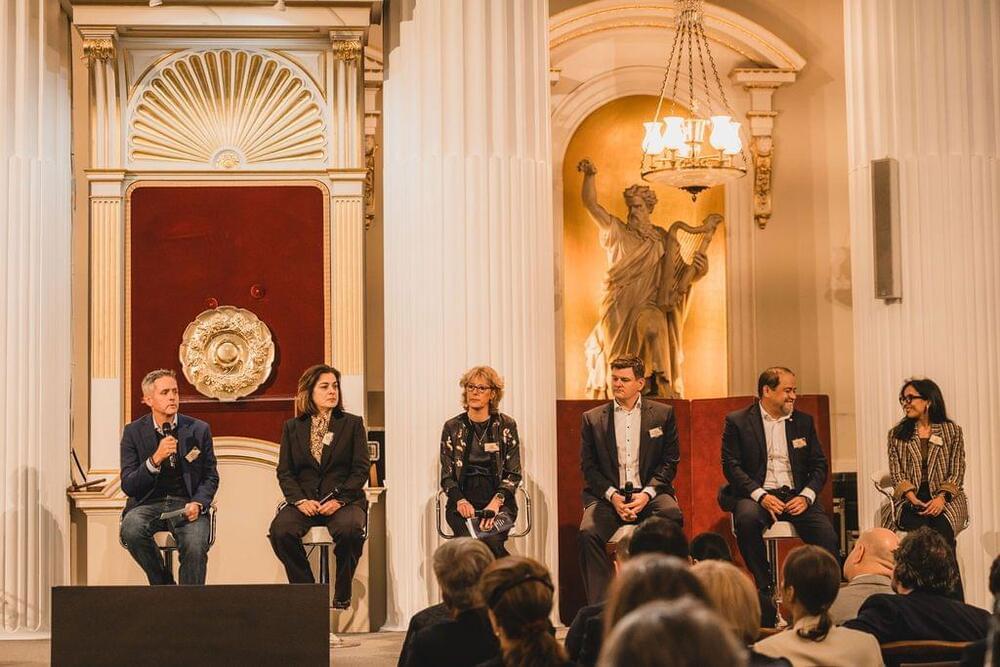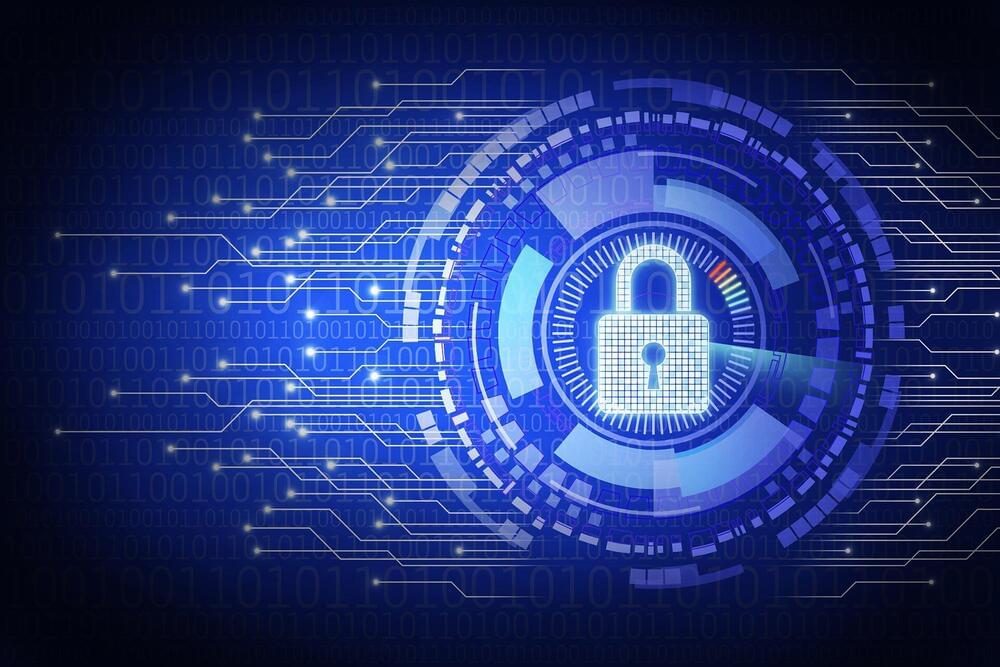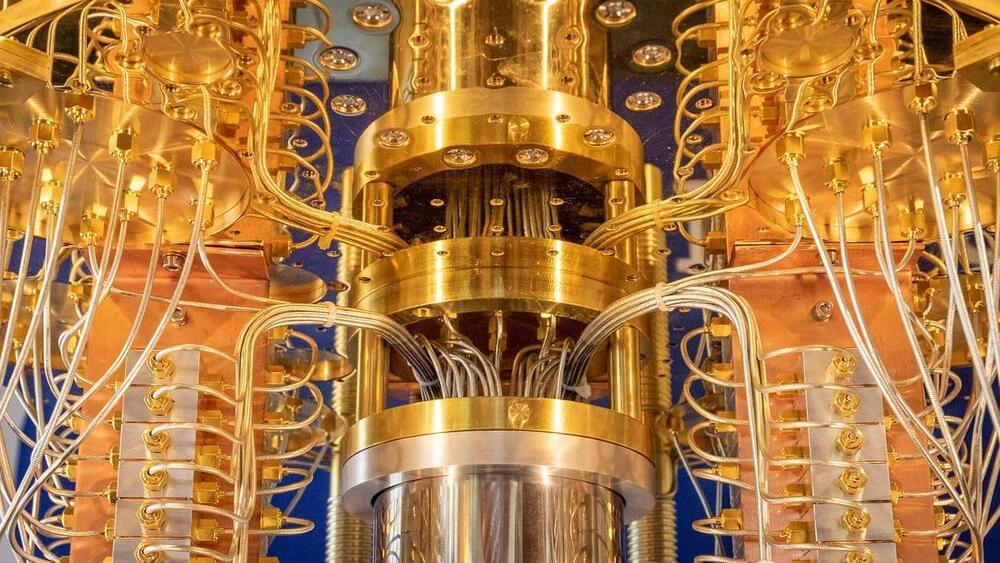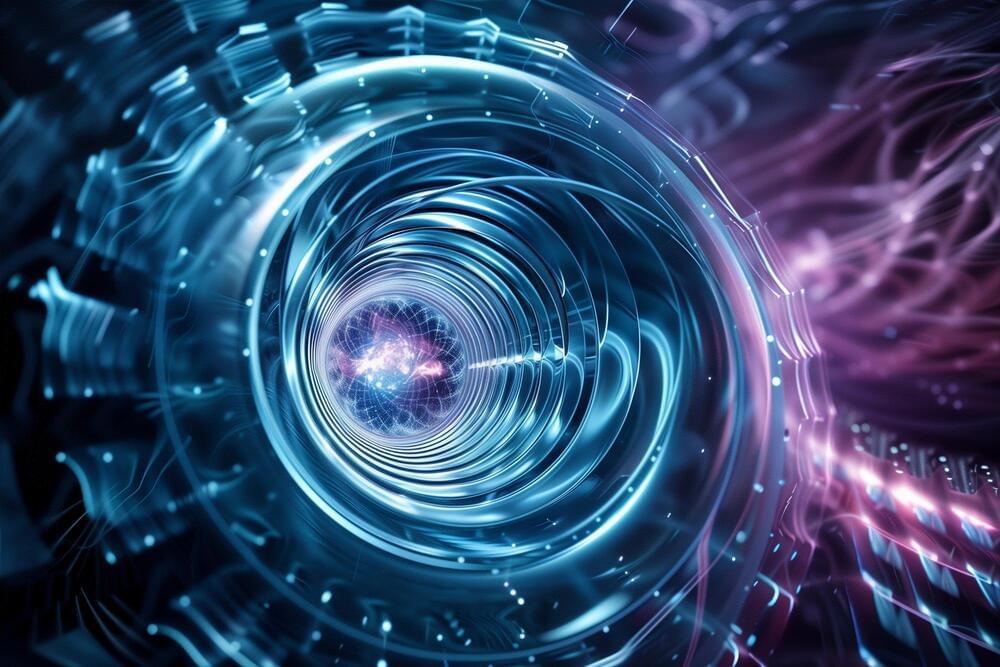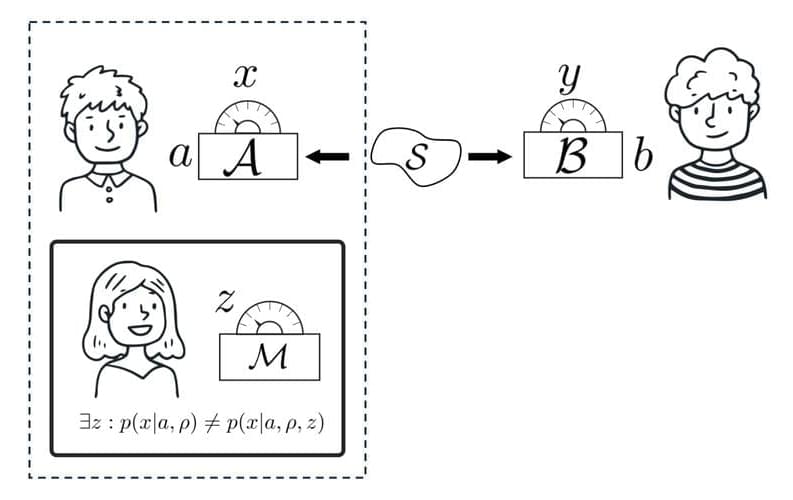
When light hits the surface of some materials, namely those exhibiting a property known as photoresistance, it can induce changes in their electrical conductivity. Graphene is among these materials, as incident light can excite electrons within it, affecting its photoconductivity.
Researchers at the National University of Singapore report a deviation from standard photoresistive behaviors in doped metallic graphene. Their paper, published in Nature Nanotechnology, shows that when exposed to continuous-wave terahertz (THz) radiation, Dirac electrons in this material can be thermally decoupled from the lattice, prompting their hydrodynamic transport.
“Our research has emerged from the growing recognition that traditional models of electron behavior don’t fully capture the properties of certain advanced materials, particularly in the quantum world,” Denis Bandurin, Assistant Professor at NUS, lead of the experimental condensed matter physics lab and senior author of the paper, told Tech Xplore.
